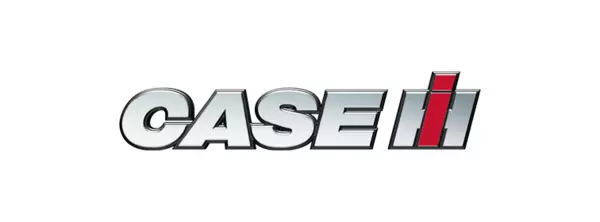
Quick Links
The Society is leading the way in environmental transparency
26/03/2025
The Society is voluntarily disclosing its indirect emissions, known as Scope 3 emissions. These emissions are not produced directly by the organisation but result from its broader operations, including the materials, goods, and services sourced from suppliers for daily business activities. For the first time, the Society has commissioned a Scope 3 emissions report covering its head office and Mystery Creek Events Centre for the financial year ending on 30 September 2024. The report from Instep, an organisation supporting businesses in environmental reporting, details the Society’s indirect greenhouse gas emissions, offering a clearer understanding of its supply chain impact.
Across New Zealand, a growing number of businesses—especially larger organisations—are recognising the crucial role of Scope 3 reporting in their decision-making processes to better account for climate impact. Scope 3 emissions often constitute the largest portion of a company’s carbon footprint, typically surpassing its direct emissions (Scope 1 and 2). Following this evaluation, it is unsurprising that the Society’s carbon footprint has shown an increase.
Taryn Storey, acting CEO of the Society, said that commissioning the report reflects the organisation’s commitment to transparency, innovation, collaboration and environmental responsibility. “By addressing indirect emissions, we’re educating others and inspiring industry-wide change. Taking proactive action—well before it becomes mandatory—is a key part of our long-term strategy, demonstrating our leadership and values.”
Janine Monk, Sustainability Executive at the Society said; “I’m incredibly proud to work for an organisation that has been tracking its carbon emissions since 2012—long before it was common practice. Now, with Scope 3 emissions still optional to report, we’ve taken a bold step to be fully transparent.”
The Climate-Related Disclosures (CRD) regime requires certain entities, such as insurers, and publicly listed companies, to report their climate impacts and risks, including Scope 3 emissions, to ensure climate considerations are embedded in business and investment decisions. A Scope 3 emissions report includes both mandatory emissions—those that can be reasonably measured, such as employee travel and freight—and more complex emissions, such as those from purchased goods and services from suppliers, which are harder to quantify and reduce.
Calculating these emissions can be a complex and time-consuming process, often requiring the assessment of thousands of sources. To address this challenge, the Society categorises expenses into broad groups—such as marketing—each carrying an emissions profile set by the New Zealand government.


